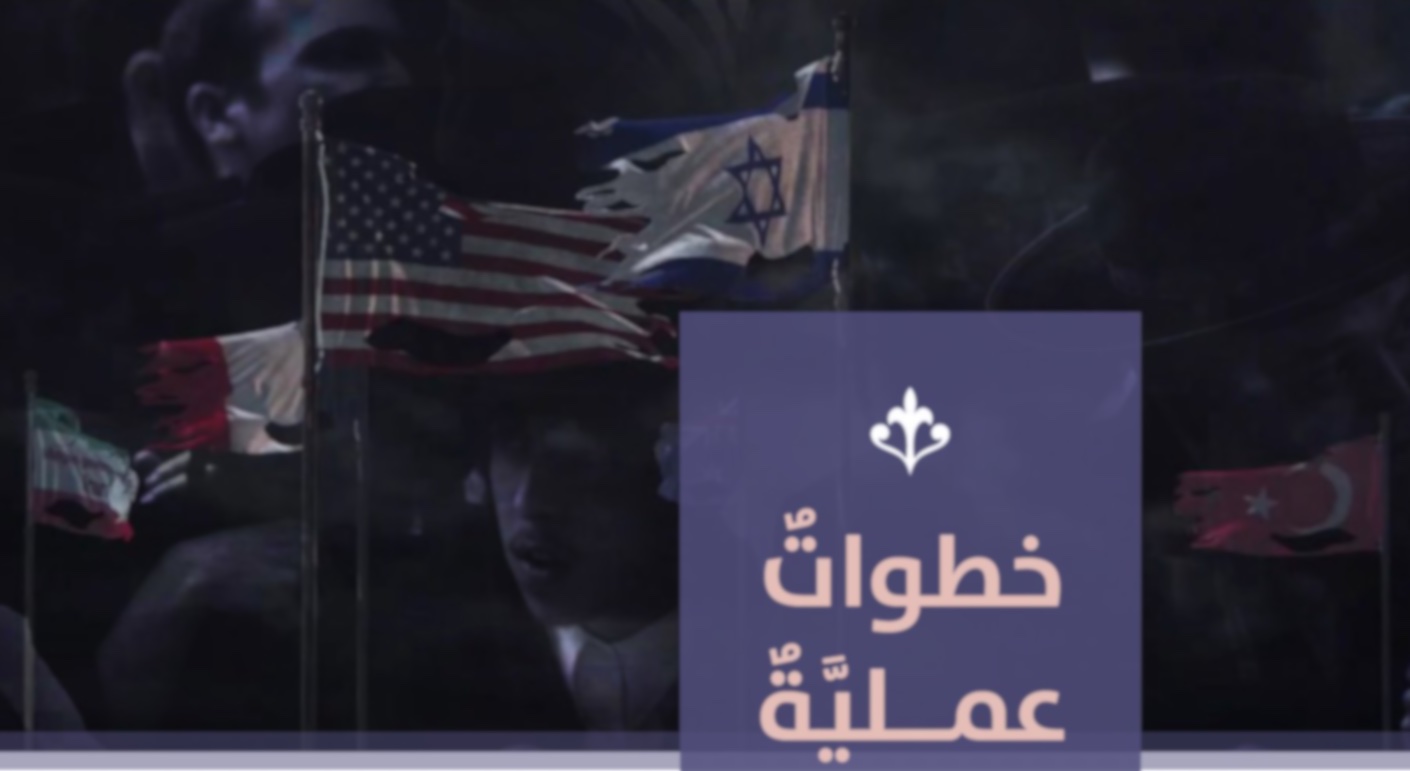Accounts on Facebook, TikTok spread ISIS call for violence against Jewish targets
Accounts openly shared publication advocating offline violence, which continues to circulate on both platforms
Accounts on Facebook, TikTok spread ISIS call for violence against Jewish targets

Banner: Detail from the ISIS publication “Practical Steps to Fight the Jews.” (Source: Al-Nabaa)
More than three dozen Facebook posts and six TikTok accounts spread an article from an online Islamic State publication calling for violence against Jewish targets following the October 7 Hamas terrorist attack on Israel and subsequent Israeli Defense Forces reprisals. On Facebook, accounts distributed the publication in different forms, including screenshots of the article, copy-pasted text, and an audio recitation, the last of which also appeared on TikTok. Previous posts by accounts on both platforms included distribution of earlier editions of the Islamic State publication and sharing other ISIS propaganda.
The publication in question, Al-Nabaa (“The News”), is published by the Islamic State’s media wing, providing information to its supporters about the group’s operations and priorities. The October 19, 2023 edition of the publication included an article titled “Practical steps to fight the Jews,” which called for violent acts against Jewish targets around the world in addition to targeting of Western embassies. The publication also included an infographic that was shared by some of the accounts on Facebook listing ways to attack Jewish targets.
Moustafa Ayad, executive director at the Institute for Strategic Dialogue, noted the spread of the publication on social media platforms in a Twitter thread. Our research confirmed Ayad’s points that many of the posts had the official branding of the magazine, verbatim headlines, and duplicated content, all of which managed to evade platform content moderation systems.
Following the release of the publication on an ISIS-affiliated website, Facebook and TikTok users could easily find copies of the article by searching for various combinations of the publication’s name, its edition number, or the article’s title.
Given the violent content and detailed instructions in the publication shared, we have chosen not to include the source text or direct links to the article.
On Facebook, at least forty accounts and pages spread the article by sharing screenshots, copied text, and audio recitations. Thirteen accounts shared the full copied text of the article, while others posted partial parts of the text. Several accounts posted images or screenshots, and two shared a video with audio recordings reading the article. Moreover, more than ten accounts shared an infographic from the publication illustrating three ways to “support Muslims in Palestine,” including military action, media, and prayer.

It appears that some accounts attempted to evade detection by Facebook’s content moderation systems. Several of them only posted the title of the article along with an image of the article from the publication while adding the article’s text in the comments of the post. Other accounts altered the text by adding additional punctuation and spaces between words.
Engagement on posts remained modest, with the forty identified posts garnering a total of less than 400 reactions, forty-five shares, and more than 100 comments. However, it is possible that the primary intent of sharing this version of the publication and previous editions is to inform core ISIS audiences rather than garner broader engagement.
Notably, Facebook’s systems labeled four of the accounts to indicate that they were recently created, suggesting that the accounts could have been recreated after prior suspensions or newly created to specifically post such content.

A review of other posts by the accounts showed additional content promoting ISIS propaganda, including other editions of Al-Nabaa. Some of the accounts also posted their own posts with messages calling for violence against the Jewish community and other targets.
TikTok
The DFRLab identified six accounts spreading videos with an audio recitation of the article, which in total garnered more than 26,000 views. One account was removed or deleted after the start of our research, while the others remained active at the time of publishing.

Additionally, a review of the accounts’ other posts demonstrated they had previously shared other content inciting violence, including prior editions of Al-Nabaa and other ISIS propaganda. For example, the account @h___11___h, which has posted more than one hundred videos to its 3,000 followers since August, routinely used the hashtag #شبل___ (“Lion Cub___”), which has been viewed more than 400,000 times across the platform. Some of the account’s videos were about general Islamic teachings, while others promoted ISIS propaganda. The account’s posts were consistent in style, with many containing a picture of a lion, cat, or miscellaneous images paired with audio recordings, possibly to avoid detection by content moderation tools.

It is worth noting that the identified accounts openly shared prohibited material while rarely employing tactics to hide their content. Many of their posts remained accessible despite their clear violation of Meta and TikTok policies prohibiting the promotion of violence and terrorist organizations. The ease of finding such violent extremist posts through simple searches highlights the urgency for platforms to rapidly identify and address calls to violence, especially during periods of conflict.
Cite this case study:
“Accounts on Facebook, TikTok spread ISIS call for violence against Jewish targets,” Digital Forensic Research Lab (DFRLab), November 2, 2023, https://dfrlab.org/2023/11/02/accounts-on-facebook-tiktok-spread-isis-call-for-violence-against-jewish-targets.

